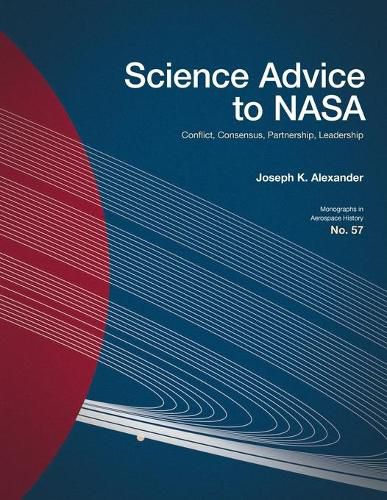Readings Newsletter
Become a Readings Member to make your shopping experience even easier.
Sign in or sign up for free!
You’re not far away from qualifying for FREE standard shipping within Australia
You’ve qualified for FREE standard shipping within Australia
The cart is loading…






Note: Black & White print. NASA has a long tradition of interacting closely with and inviting advice from the scientific community, which is integral to the culture of its scientific programs. In this newly published monograph, the author looks at two main sources of scientific advice: the NASA Advisory Committee structure and the National Academy of Sciences’ Space Studies Board. As a former executive director of the latter organization, Joe Alexander is well-positioned to flesh out this subject from its roots in NASA’s predecessor, the National Advisory Committee for Aeronautics (NACA), to the mid-2010s. Alexander’s assessments of NASA’s interactions with outside scientific advisors provide useful lessons for research managers, decision makers, and scientists. Finally, Alexander discusses the recurring characteristics of notably successful advisory activities and provides a glimpse of what past experience might imply for the future of scientific advice at NASA.
$9.00 standard shipping within Australia
FREE standard shipping within Australia for orders over $100.00
Express & International shipping calculated at checkout
Note: Black & White print. NASA has a long tradition of interacting closely with and inviting advice from the scientific community, which is integral to the culture of its scientific programs. In this newly published monograph, the author looks at two main sources of scientific advice: the NASA Advisory Committee structure and the National Academy of Sciences’ Space Studies Board. As a former executive director of the latter organization, Joe Alexander is well-positioned to flesh out this subject from its roots in NASA’s predecessor, the National Advisory Committee for Aeronautics (NACA), to the mid-2010s. Alexander’s assessments of NASA’s interactions with outside scientific advisors provide useful lessons for research managers, decision makers, and scientists. Finally, Alexander discusses the recurring characteristics of notably successful advisory activities and provides a glimpse of what past experience might imply for the future of scientific advice at NASA.